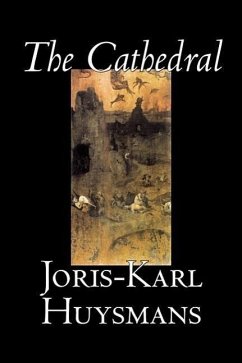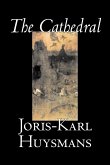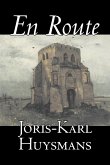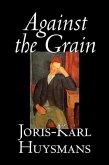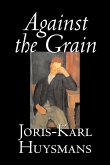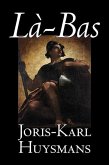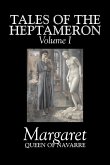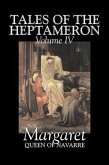The Virgin had appeared to two children on a hill. By another coincidence, this Saturday was the eve of the Festival of Our Lady of Seven Dolours. And she appeared as Our Lady of Tears in that desert landscape of stubborn rocks and dismal hills. Weeping bitterly, She had uttered reproofs and threats. The fame of this event spread far and wide; frantic thousands scrambled up fearful paths to a spot so high that trees could not grow there. Suddenly the peaks parted, a wide opening brought the train out into broad daylight; the scene lay clear before them, terrible on all sides. "Le Drac!" exclaimed the Abbe Gevresin, pointing to a sort of liquid serpent at the bottom of the precipice, writhing and tossing between rocks in the very jaws of the pit.
Hinweis: Dieser Artikel kann nur an eine deutsche Lieferadresse ausgeliefert werden.
Hinweis: Dieser Artikel kann nur an eine deutsche Lieferadresse ausgeliefert werden.

